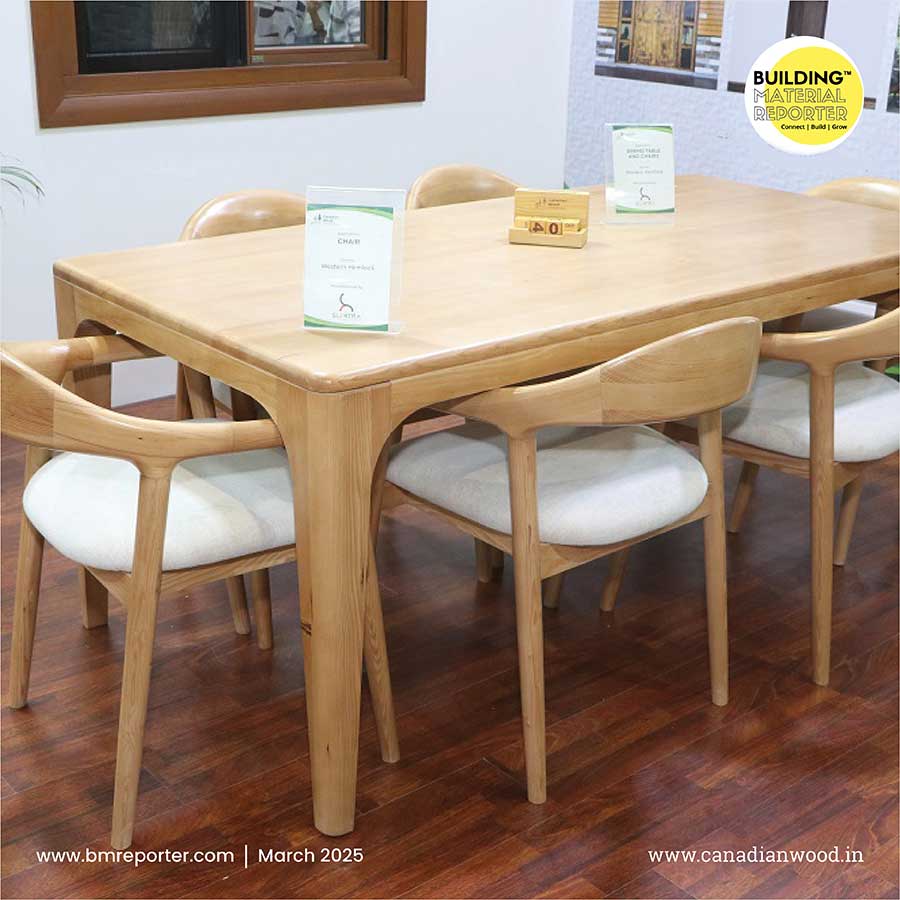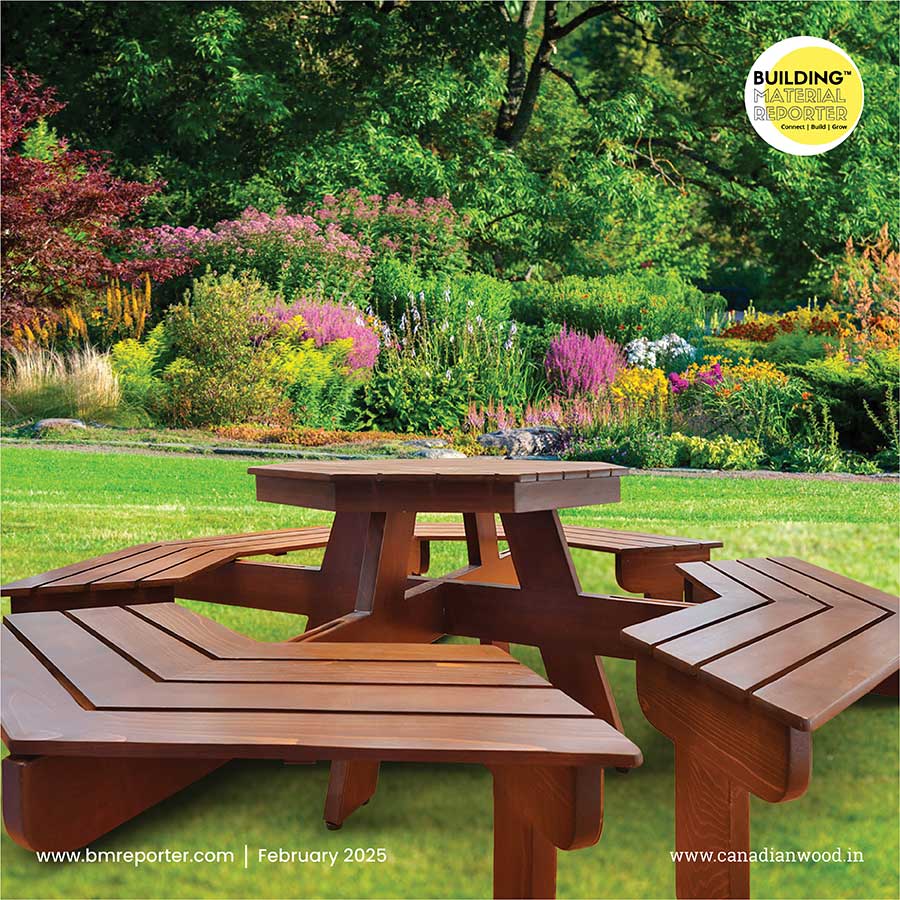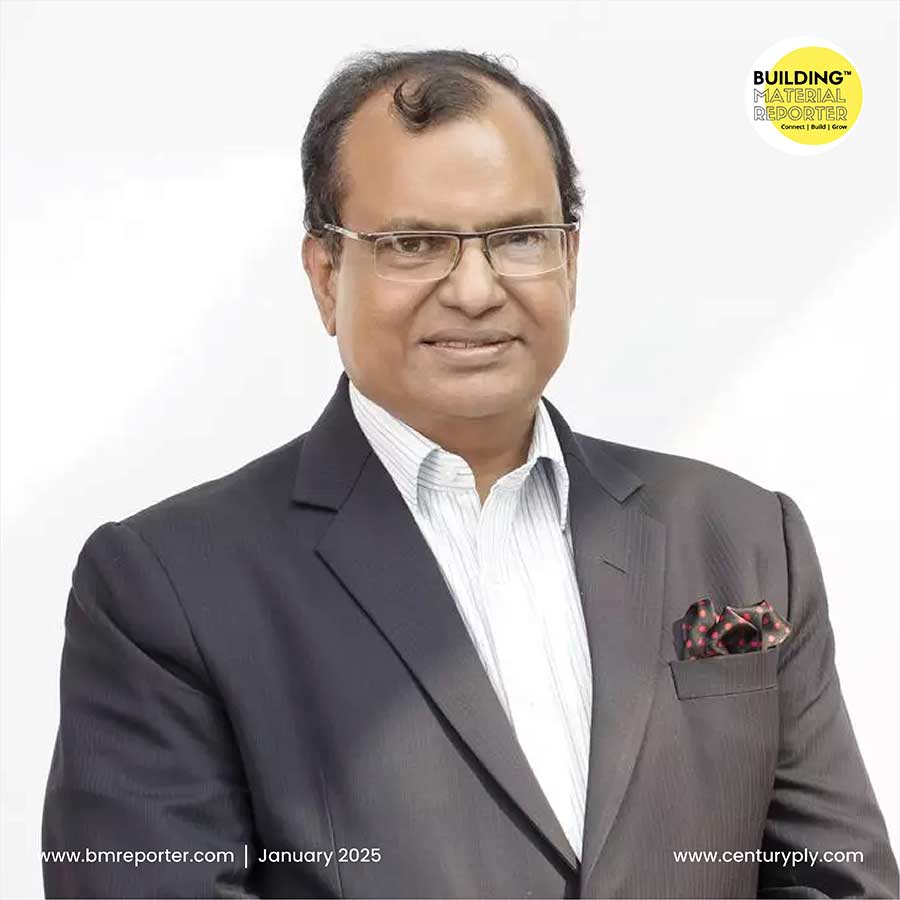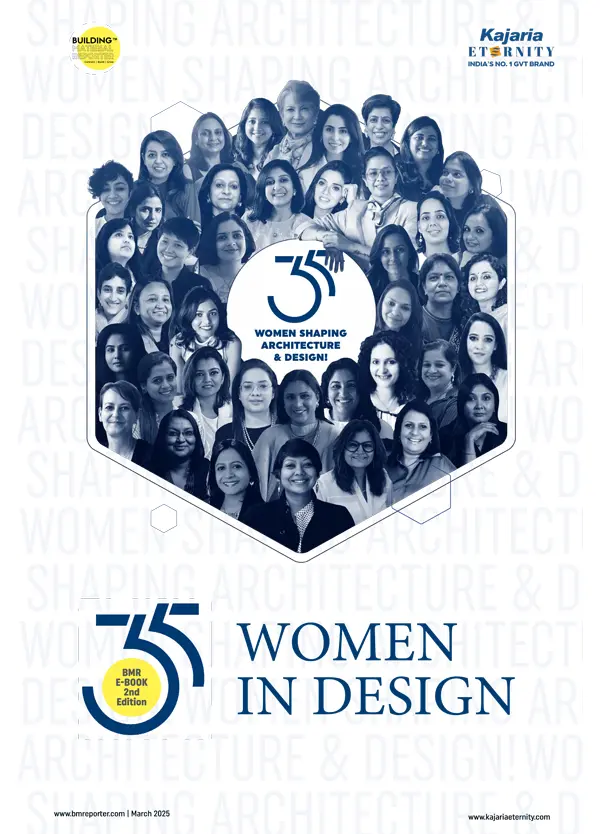Global Influence on Indian Homes Blending Borders Preserving Roots
- April 23, 2025
- By: Syed Md. Ehteshamul Hasan
- NEWS
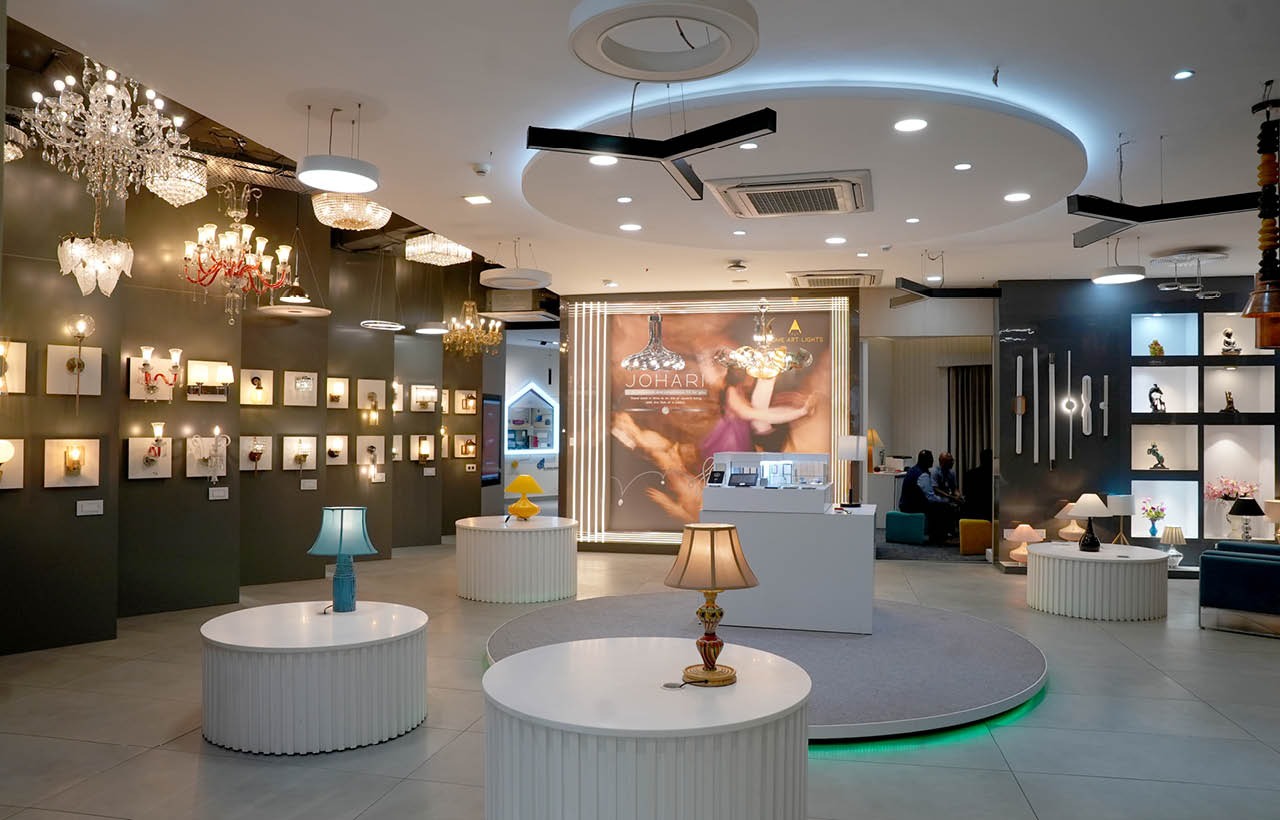 In an era where social media and global exposure shape design sensibilities, Indian homes are undergoing a transformative evolution. At the Havells Design Talk 2025, organised by Building Material Reporter (BMR), held at the Havells Experience Centre, Lajpat Nagar in New Delhi, a panel of leading architects and designers explored how global trends are influencing modern Indian homes—from aesthetics and functionality to sustainability and technology. Moderated by Ar. Shweta Kaw of Studio Meraki, the discussion featured Ar. Rajiv Bhakat (Studio CoDe), Ar. Amit Murao (ADCPL), Ar. Vandana Saxena (Studio IV Designs), and Partha Karmakar (Business Head, Havells India). The conversation delved into the delicate balance between global inspirations and local adaptations, revealing how Indian design is carving its unique identity while embracing worldwide innovations, reports Syed Md Ehteshamu Hasan.
In an era where social media and global exposure shape design sensibilities, Indian homes are undergoing a transformative evolution. At the Havells Design Talk 2025, organised by Building Material Reporter (BMR), held at the Havells Experience Centre, Lajpat Nagar in New Delhi, a panel of leading architects and designers explored how global trends are influencing modern Indian homes—from aesthetics and functionality to sustainability and technology. Moderated by Ar. Shweta Kaw of Studio Meraki, the discussion featured Ar. Rajiv Bhakat (Studio CoDe), Ar. Amit Murao (ADCPL), Ar. Vandana Saxena (Studio IV Designs), and Partha Karmakar (Business Head, Havells India). The conversation delved into the delicate balance between global inspirations and local adaptations, revealing how Indian design is carving its unique identity while embracing worldwide innovations, reports Syed Md Ehteshamu Hasan.
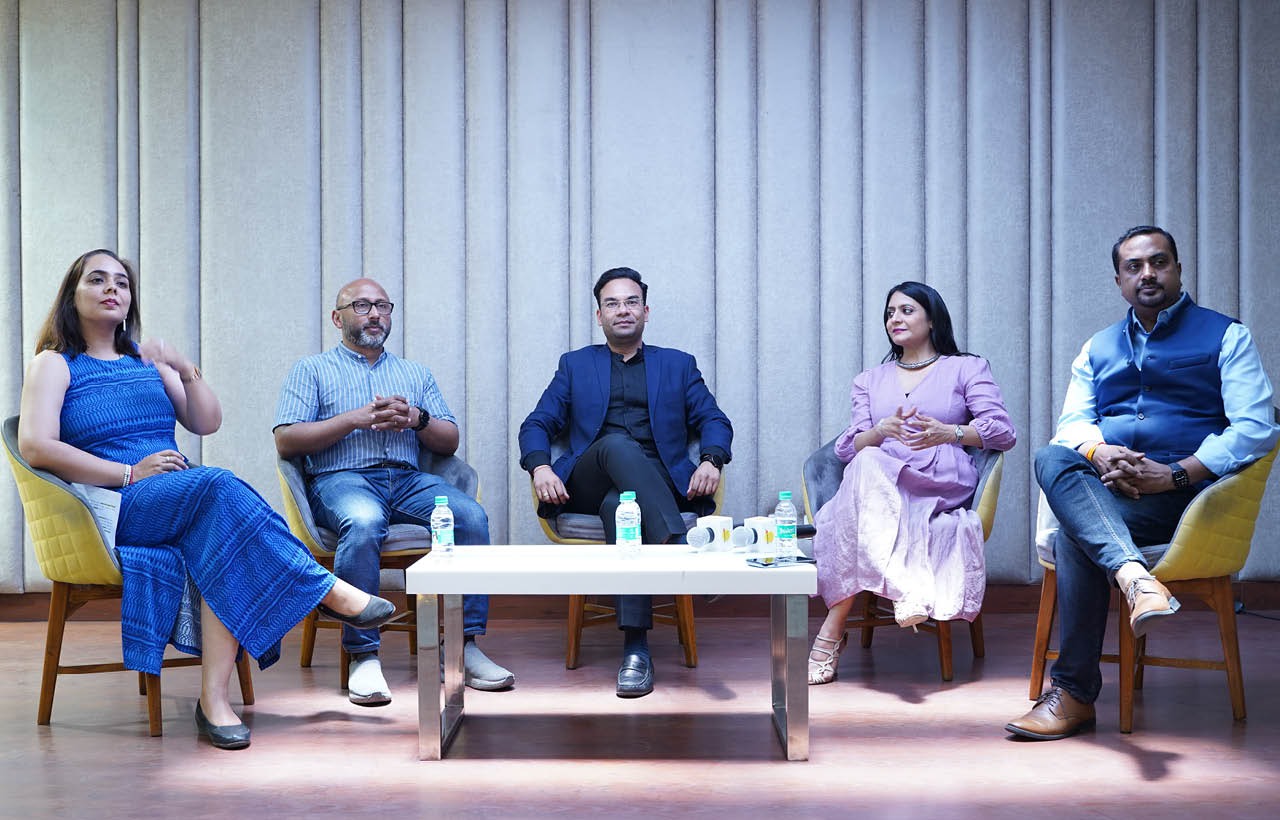 Setting the Stage: Ar. Shweta Kaw, as moderator, framed the discussion by highlighting how digital globalisation has made design trends more accessible than ever. "We live in an age where Pinterest boards and Instagram feeds constantly expose us to global aesthetics," she observed. "The challenge for Indian architects is to navigate this flood of inspiration while ensuring our designs remain contextual." She pointed to practical examples like co-working spaces—where Western open-plan concepts often clash with India's spice-heavy culinary culture—to underscore the need for adaptation. Shweta emphasised that the panel would explore not just surface-level trends but deeper questions of cultural identity, functionality, and sustainability in modern Indian homes.
Setting the Stage: Ar. Shweta Kaw, as moderator, framed the discussion by highlighting how digital globalisation has made design trends more accessible than ever. "We live in an age where Pinterest boards and Instagram feeds constantly expose us to global aesthetics," she observed. "The challenge for Indian architects is to navigate this flood of inspiration while ensuring our designs remain contextual." She pointed to practical examples like co-working spaces—where Western open-plan concepts often clash with India's spice-heavy culinary culture—to underscore the need for adaptation. Shweta emphasised that the panel would explore not just surface-level trends but deeper questions of cultural identity, functionality, and sustainability in modern Indian homes.
The Global Design Influence: A Multidimensional Impact
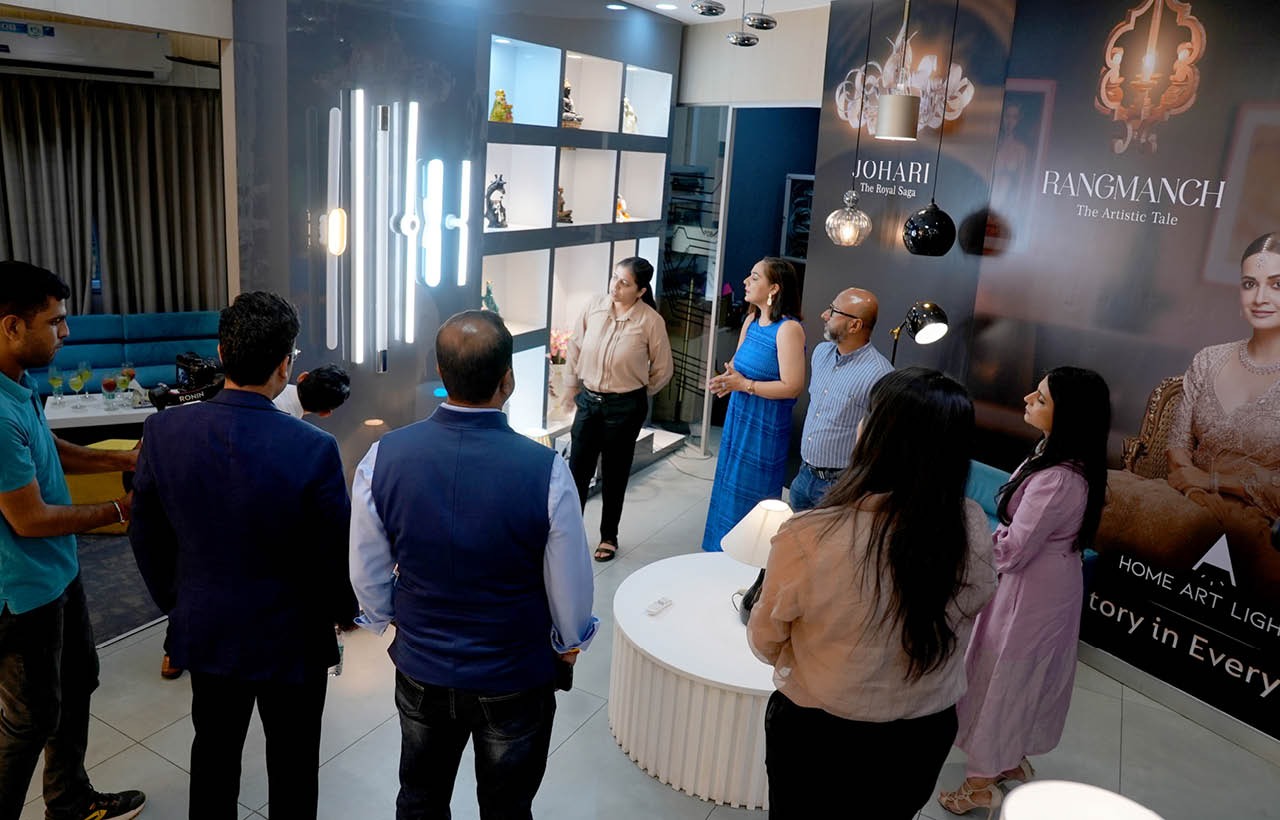 Ar. Vandana Saxena built on this foundation by emphasising that modern Indian homes are no longer just functional spaces but reflections of personal narratives. She noted a shift from sterile minimalism to maximalist interiors, where homeowners increasingly seek to embed their stories—through travel memorabilia, family heirlooms, and curated art. However, functionality remains paramount, with multi-purpose furniture (like foldable study desks) gaining traction, especially in space-constrained urban settings. Technology, too, plays a pivotal role, though its adoption varies—while some opt for full automation, others prefer subtle, accent lighting to preserve warmth. Vandana stressed the importance of balancing natural and artificial light, advocating for designs that connect indoor spaces with the outdoors.
Ar. Vandana Saxena built on this foundation by emphasising that modern Indian homes are no longer just functional spaces but reflections of personal narratives. She noted a shift from sterile minimalism to maximalist interiors, where homeowners increasingly seek to embed their stories—through travel memorabilia, family heirlooms, and curated art. However, functionality remains paramount, with multi-purpose furniture (like foldable study desks) gaining traction, especially in space-constrained urban settings. Technology, too, plays a pivotal role, though its adoption varies—while some opt for full automation, others prefer subtle, accent lighting to preserve warmth. Vandana stressed the importance of balancing natural and artificial light, advocating for designs that connect indoor spaces with the outdoors.
Ar. Amit Murao expanded on this, observing that global influences permeate every layer of home design—aesthetics, functionality, and technology. Clients today arrive with Pinterest boards and Instagram references, demanding sleek, minimalist spaces inspired by Scandinavian or Japanese design. Yet, he pointed out, these trends are often adapted to Indian contexts, such as reimagining open-plan kitchens to accommodate the robust flavours and spices of Indian cooking. Smart home features—voice-controlled lighting, automated appliances—are now baseline expectations, reflecting a tech-savvy clientele. Amit highlighted the ‘positive challenge’ of blending global inspirations with local practicality, ensuring designs resonate culturally while staying contemporary.
Ar. Rajiv Bhakat traced the roots of modern Indian architecture to post-independence tropical modernism, underscoring that global influences are not new. However, he critiqued the blind replication of trends, advocating for contextual adaptations. For instance, while glass facades might suit colder climates, their indiscriminate use in India’s heat demands thoughtful solar shading. Rajiv also noted a decline in minimalism’s appeal, with clients now craving vibrant, character-filled spaces. Social media, he argued, has democratized design exposure, but architects must educate clients on what works locally—be it material choices or spatial planning.
Partha Karmakar brought a manufacturer’s perspective, highlighting how global lighting trends are being localised. Clients today are more informed but not always knowledgeable—demanding concealed LED strips or smart systems without understanding technical nuances. Havells India, he shared, bridges this gap by developing India-specific solutions, like high-efficiency luminaires for metro projects or weather-resistant fixtures for coastal homes. He emphasised that sustainability and aesthetics must coexist, citing examples like the Bangalore Airport’s lighting, which merges elegance with energy efficiency.
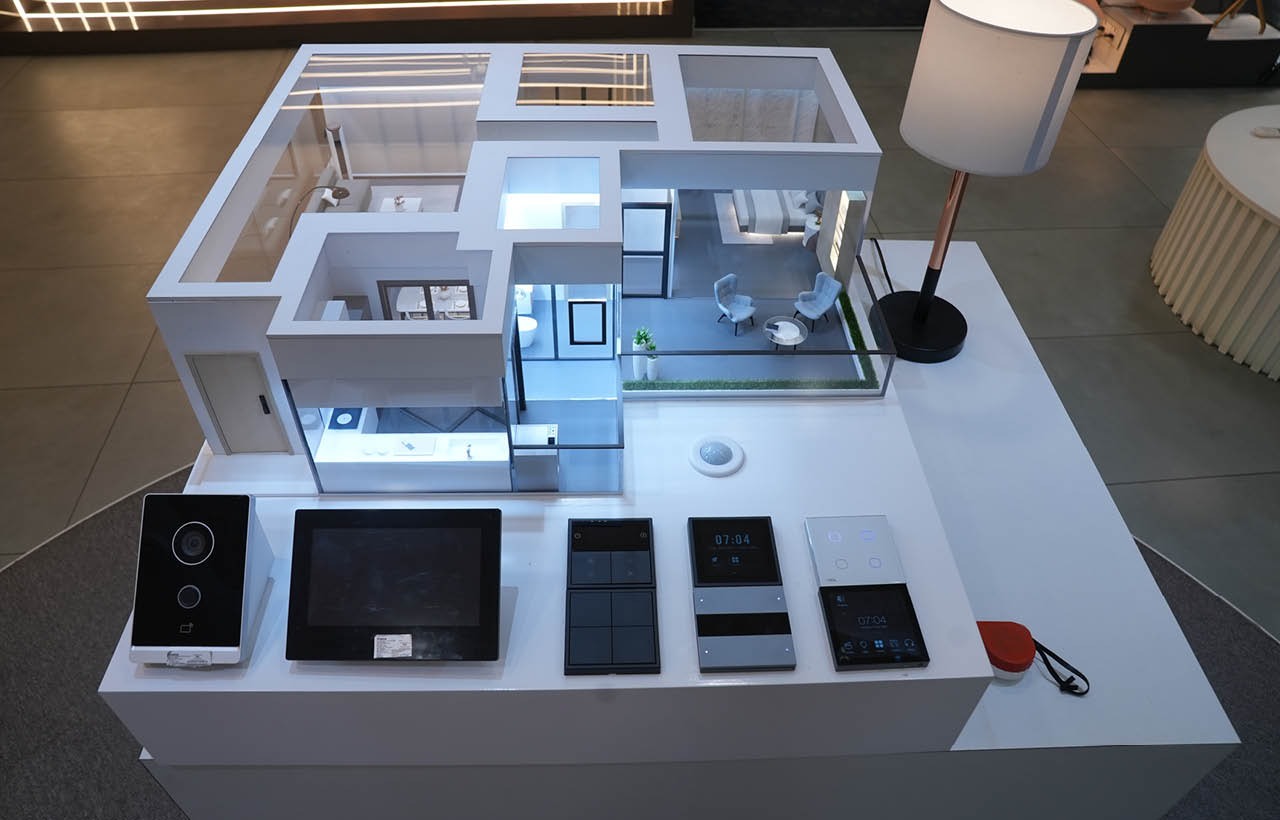
Navigating the Tension: Global Aspirations vs. Local Realities
The panel unanimously agreed that the key challenge lies in harmonising global aspirations with India’s cultural and climatic realities. Ar. Rajiv Bhakat was unequivocal: "Transplanting a foreign design without context isn’t cool—it’s irresponsible." He shared an anecdote about a Delhi residence where the family’s desire for independence (post joint-family separation) was met with a courtyard-based design, blending Lutyens’ Delhi proportions with passive cooling techniques. The result was a home that felt contemporary yet rooted, proving that global ideas must be reinterpreted, not copied.
Ar. Amit Murao drew a parallel to Indian rapper Hanumankind, whose music fuses Western rap with Indian classical instruments. Similarly, he argued, design must be a fusion—respecting heritage while embracing modernity. He cautioned against material fetishisation (like insisting on Italian marble), urging clients to explore India’s rich stone varieties. Amit’s project in Leh, where a hotel’s classical facade incorporated mandatory local wood elements, exemplified this balance.
Ar. Vandana Saxena offered a provocative take, noting a resurgence of pride in Indian identity. She cited clients returning from abroad, seeking homes that celebrate regional craftsmanship—a shift from the earlier obsession with ‘foreign labels’. However, she critiqued urban homogenisation, where tier-2 cities mimic Mumbai’s glass towers, erasing local character. She called for policy interventions, like material restrictions or facade guidelines, to preserve regional identities. Her work on a Goa resort, deeply inspired by monastic architecture, showcased how contextual design can feel luxurious without being generic.
Partha Karmakar reinforced this with Havells’ Make in India initiatives, where global designs are re-engineered for local needs. The Ram Mandir project, for instance, used concealed lighting inspired by international brands but manufactured domestically, proving that India can innovate without imports.
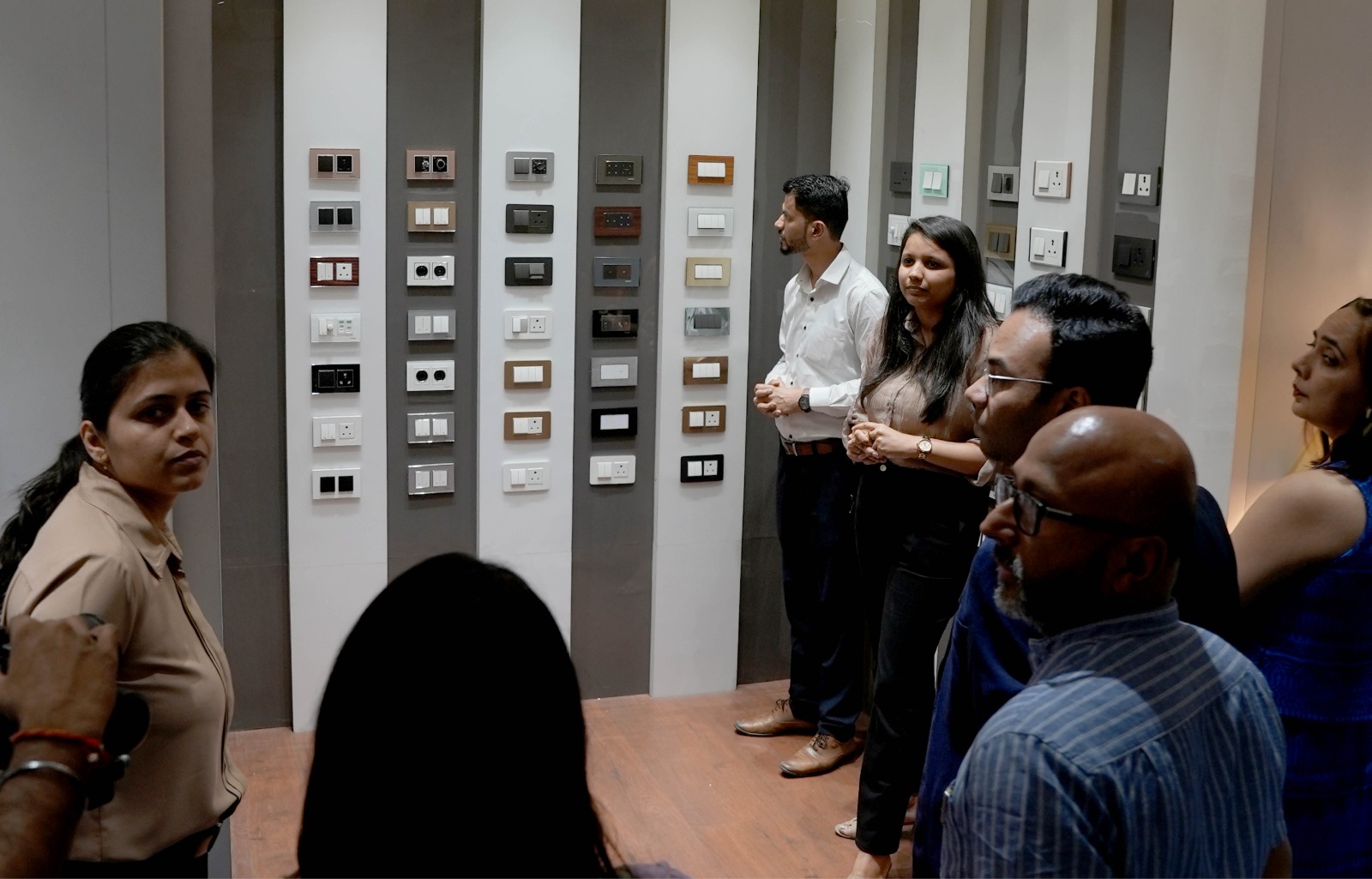
Materials and Sustainability: The Heart of the Debate
The discussion pivoted to materials, where Ar. Vandana Saxena championed mass timber as a sustainable alternative to concrete, citing its lower carbon footprint and biophilic appeal. She referenced Bhutan’s airports, where timber ceilings fused with traditional art, as a model for India. Ar. Rajiv Bhakat, however, warned against dogmatic positions, advocating for a ‘no bone, no bane—just brains’ approach. He recalled the early 2000s, when glass facades became a status symbol, often ignoring energy inefficiencies. Today, he noted, architects are more discerning, using materials like brick or stone where appropriate.
Ar. Amit Murao stressed continuous learning—adopting global tech (like cross-laminated timber) while respecting local resources. He criticised the obsession with Italian marble, urging clients to consider Indian alternatives like Kota or Makrana. Partha Karmakar added that sustainability is driving innovation, from Pune Metro’s skylight mimicking daylight to air purifiers tailored for Delhi’s pollution.
Redefining Luxury: From Opulence to Experience
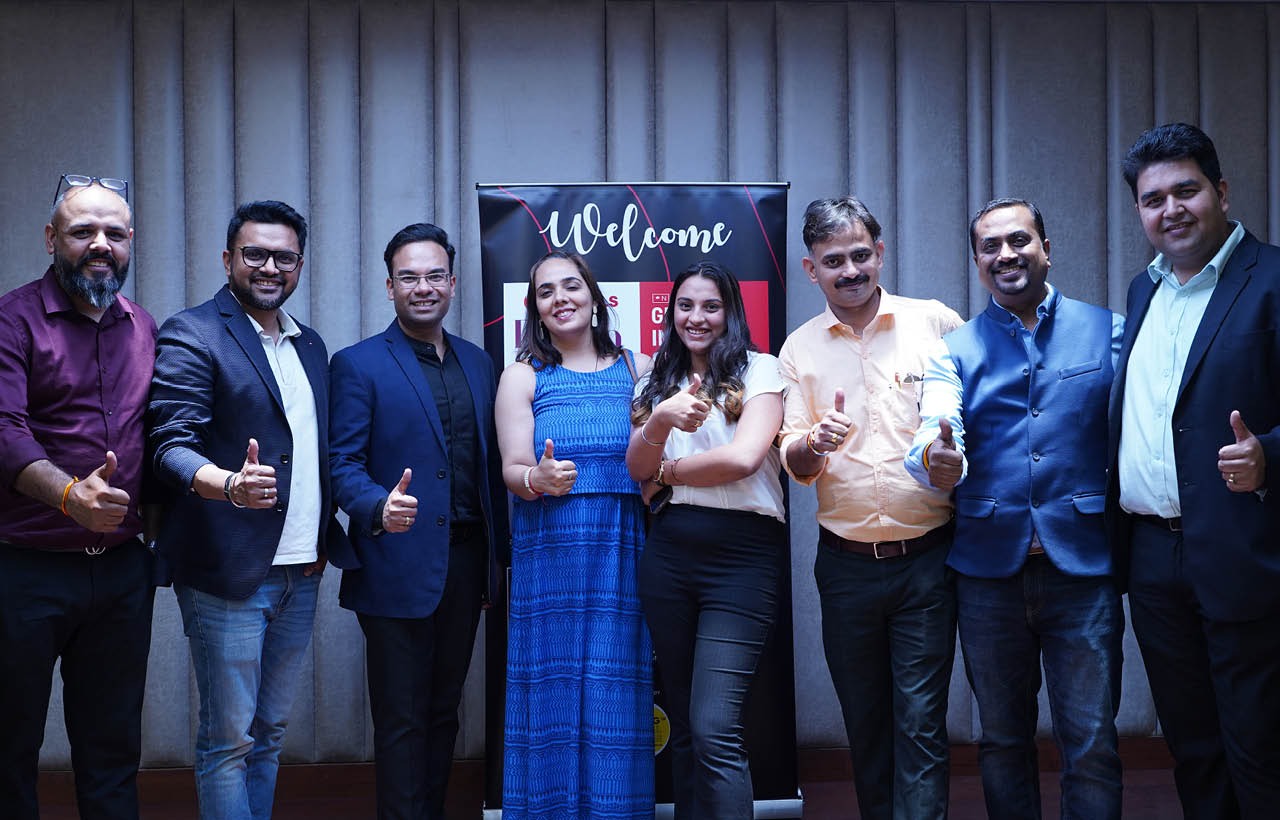 Luxury, the panel concurred, has shifted from ostentation to personalisation. Ar. Amit Murao described clients prioritising experiences—meditation nooks, sunrise-viewing corners, or home automation that preheats water by morning. Ar. Rajiv Bhakat defined luxury as customisation—a bathroom flooded with natural light for a client who missed it in city living, or a kitchen designed for a passionate home chef.
Luxury, the panel concurred, has shifted from ostentation to personalisation. Ar. Amit Murao described clients prioritising experiences—meditation nooks, sunrise-viewing corners, or home automation that preheats water by morning. Ar. Rajiv Bhakat defined luxury as customisation—a bathroom flooded with natural light for a client who missed it in city living, or a kitchen designed for a passionate home chef.
Ar. Vandana Saxena linked this to post-COVID introspection, where homes became sanctuaries. Micro-customizations—separate dressing areas, evolving children’s rooms—now define high-end living. Partha Karmakar tied this to lighting, where luxury lies in invisible, mood-enhancing designs rather than glaring chandeliers.
Lighting: The Unsung Hero of Design: The panel closed with lighting’s transformative role. Partha Karmakar lamented its misuse—overlit facades contributing to light pollution, blinding LEDs in homes. He advocated for ‘dark sky’ compliance and human-centric designs. Ar. Vandana Saxena echoed this, praising lighting designers who make sources invisible, letting spaces ‘speak’. Ar. Amit Murao shared how layered lighting (ambient, task, accent) in his home altered moods, while Ar. Rajiv Bhakat quipped that the real luxury is ‘seeing the stars’—a rarity in light-polluted cities.
Wrapping Up: A Global-Local Symphony
The Havells Design Talk 2025 underscored that Indian design is not merely imitating global trends but curating them. Whether through material innovation, passive cooling, or storytelling interiors, the panel demonstrated that the future lies in thoughtful adaptation—where global inspirations are filtered through India’s cultural, climatic, and technological lens. As Ar. Shweta Kaw summarised, the goal is to create homes that are ‘globally inspired but unmistakably Indian.’
 Closing Reflections: In her concluding remarks, Ar. Shweta Kaw synthesised the panel's insights: “Today's discussion reaffirms that design is not about choosing between global and local, but about intelligent fusion. Whether it's Rajiv's solar-sensitive courtyards, Amit's culturally hybrid hospitality projects, Ar. Vandana's advocacy for policy-led regional identity, or Partha's 'Make in India' lighting solutions—each approach demonstrates how global trends can be filtered through an Indian lens.” She stressed the architect's role as both innovator and educator, helping clients move beyond superficial trends to create homes that are “authentically personal, environmentally responsive, and deeply connected to place.”
Closing Reflections: In her concluding remarks, Ar. Shweta Kaw synthesised the panel's insights: “Today's discussion reaffirms that design is not about choosing between global and local, but about intelligent fusion. Whether it's Rajiv's solar-sensitive courtyards, Amit's culturally hybrid hospitality projects, Ar. Vandana's advocacy for policy-led regional identity, or Partha's 'Make in India' lighting solutions—each approach demonstrates how global trends can be filtered through an Indian lens.” She stressed the architect's role as both innovator and educator, helping clients move beyond superficial trends to create homes that are “authentically personal, environmentally responsive, and deeply connected to place.”




